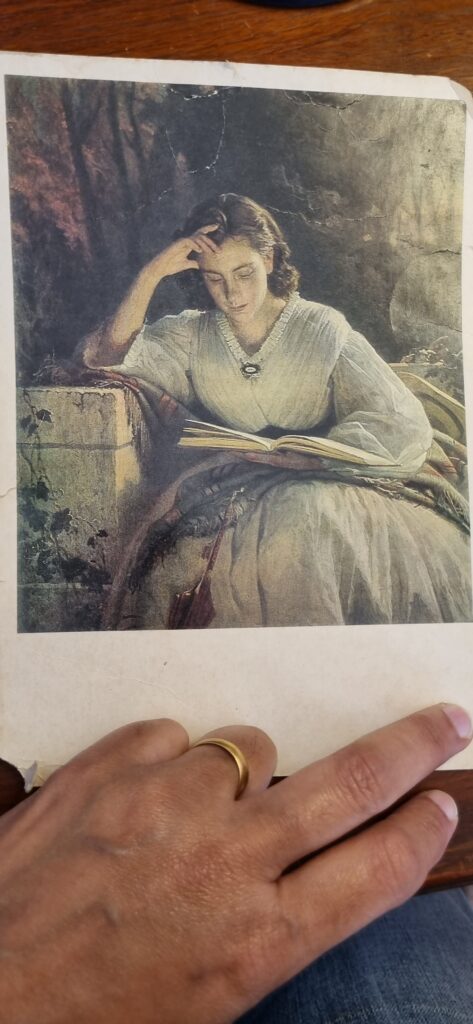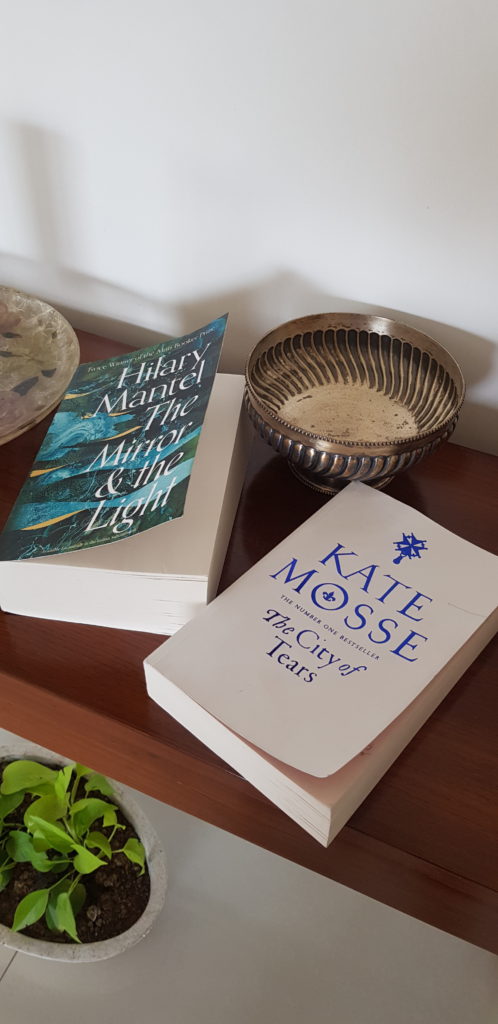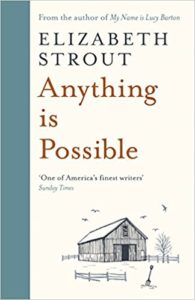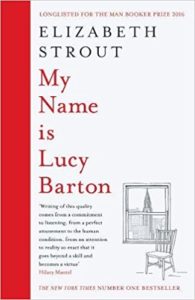My Best of 2023 Reading List

Reading a Book, Portrait of Sophia Kramskaya, the Artist’s Wife, 1860s.
The Tretyakov Gallery, Moscow
(The picture is from a collection of postcards that I bought when a collection of art work from the Hermitage museum had been brought to New Delhi in the 1980s.)
I find it very challenging to compile “The Best of” lists. This year alone I have interviewed/recorded podcasts with over 80 authors. This is apart from my usual reading. So, here is a list of books that have stayed with me. It is eclectic. I am sure that tomorrow at this time, this list would be slightly different; perhaps, even longer!
Hilary Mantel A Memoir of My Former Self
Paul Murray The Bee Sting
Paul Lynch Prophet Song
Martin McInnes In Ascension
Laline Paul POD
Arati Kumar-Rao Marginlands
Jupinderjit Singh Who Killed Moosewala?
Cory Doctrow & Rebecca Gilpin Chokepoint Capitalism: how big tech and big content captured creative labour markets, and how we’ll win them back
Aleksandar Hemon The World and All That It Holds
Shrikant Verma, (Transl. Rahul Soni) Magadh
Nalin Mehta India’s Techade: Digital Revolution and Change in the World’s Largest Democracy
Pradeep Sebastian The Book Beautiful
Marit Kapla (transl, Peter Graves) Osebol
Cat Bohannon Eve
Ajai P. Mangattu (transl. Catherine Thankamma) Susanna’s Granthapura
G N Devy, Tony Joseph & Ravi Korisettar The Indians: Histories of a Civilization
Angela Saini Patriarchs : How Men Came to Rule
Zai Whitaker Termite Fry
Shabnam Minwalla Zen
Sonora Jha The Laughter
Daniel Mason North Woods
Nikesh Murali Tales of Horror
Marcella Hazan The Essentials of Classic Italian Cooking
Claire Keegan So Late in the Day
Salman Rushdie Victory City
David Davidar (Ed.) The Greatest Indian Stories Ever Told
Nguigo Wa Thiongo The Language of Languages
Deepti Kapoor Age of Vice
Vincent Doumeizel (Transl. Charlotte Coombe) The Seaweed Revolution: How Seaweed Has Shaped Our Past and Can Save Our Future
Tan Twan Eng The House of Doors
Yiyun Li Wednesday’s Child
Lydia Sandgren (Transl by Agnes Broomé) Collected Works: A Novel
Kashmir Hill Your Face Belongs to Us
Brian Merchant Blood in the Machine: The origins of the rebellion against big tech
Naomi Alderman The Future
Sara Rai Raw Umber
Westland’s Eka has republished Premchand’s stories and novels. These are the original text in Hindustani, without any tinkering to the language. A treasure!
12 Dec 2023




